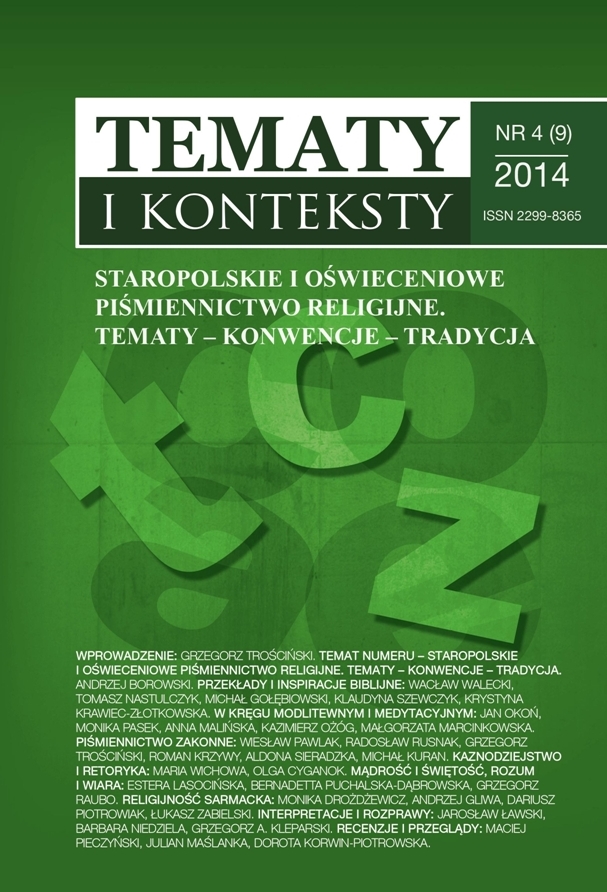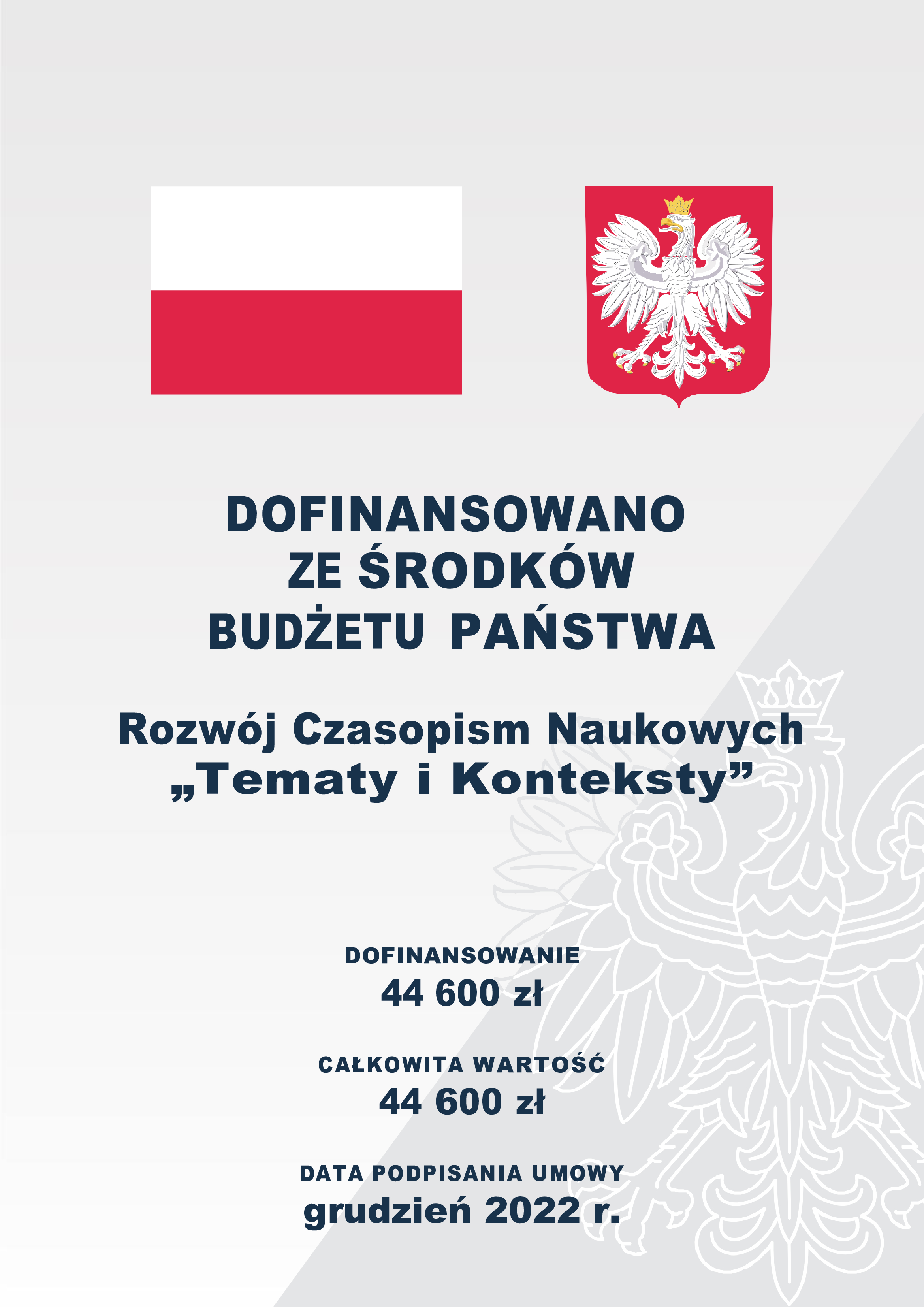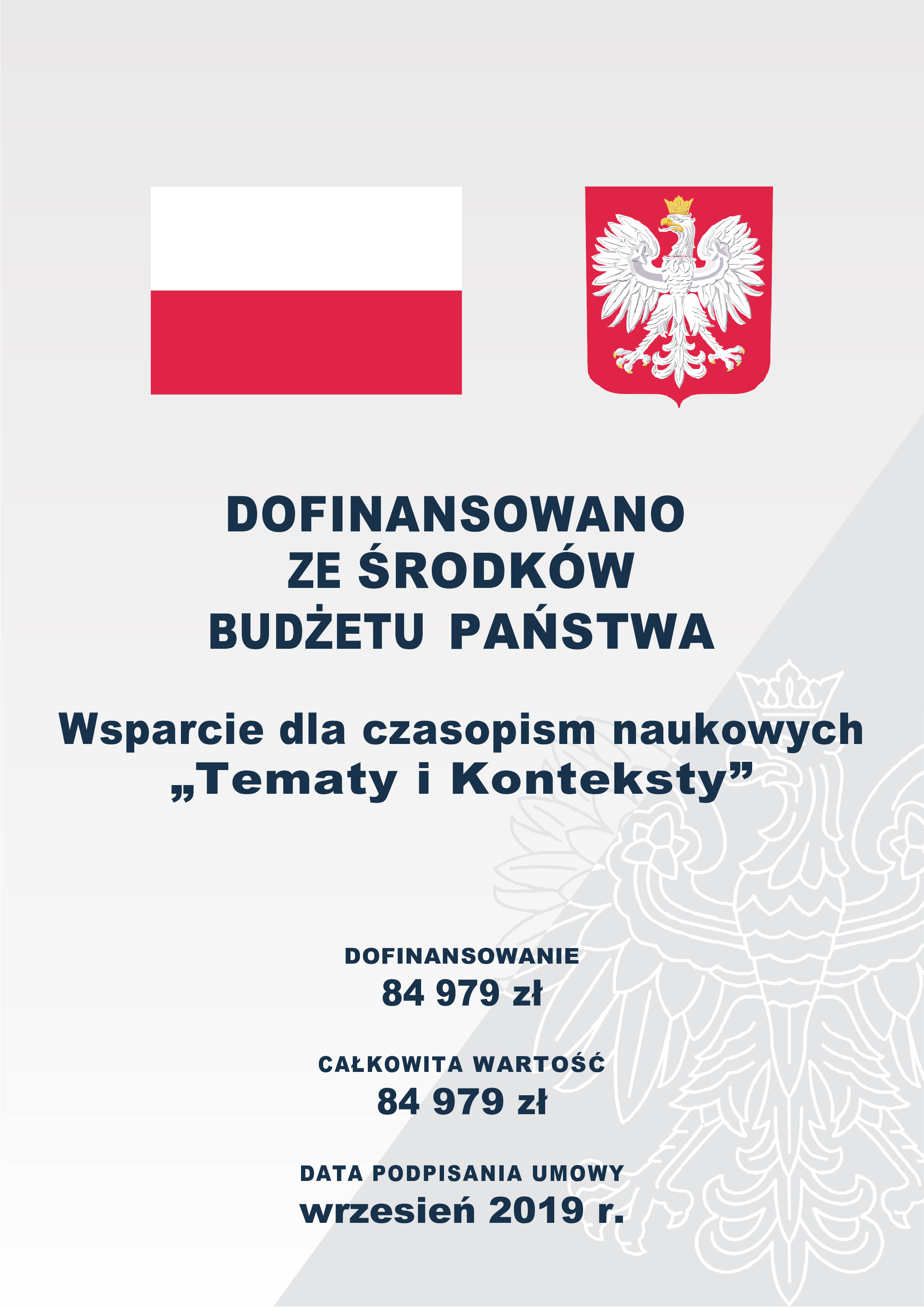Emergence of Local Cults of the Virgin Mary and Patron Saints in Red Ruthenia after the Tatar Invasions as a Religious Discourse in the Republic of the Modern Age
Keywords:
Tatar invasions, Red Ruthenia, collective memory, religion discourse, intangible cultural heritageAbstract
From the late Middle Ages to the end of the 17th century the collective memory of the population in the south-eastern territories of the Polish-Lithuanian Commonwealth was shaped by the traumatic events associated with the Tatar invasions. An important part of that collective memory in this part of the Polish-Lithuanian state was religious discourse characterized by “the long term”, which was closely intertwined with the contemporary philosophy of history and the idea of providentialism. Durability and stability of this discourse in the historical and social perspective was a consequence of the cultural and religious alienation of the Tatars among the settled Christian communities and their of use of asymmetric warfare. Religious discourse manifested itself on the one hand in the rapidly growing Marian devotion, which resulted from the belief in the care of the Virgin Mary becoming over time more and more common in social consciousness, and on the other hand in the emergence of the cults of patron saints whose intercession was supposed to lead to supernatural interventions in defence of the faithful. In this way, religious discourse fulfilled a very important social role by strengthening psychological adaptation mechanisms, which played a key role in the communities affected by violence, mass terror and fear.Downloads
Downloads
Published
2021-06-06
How to Cite
Gliwa, A. (2021). Emergence of Local Cults of the Virgin Mary and Patron Saints in Red Ruthenia after the Tatar Invasions as a Religious Discourse in the Republic of the Modern Age. Tematy I Konteksty, 9(4), 380–400. Retrieved from https://journals.ur.edu.pl/tematyikonteksty/article/view/2127
Issue
Section
Main subject
License

This work is licensed under a Creative Commons Attribution-NonCommercial-NoDerivatives 4.0 International License.




